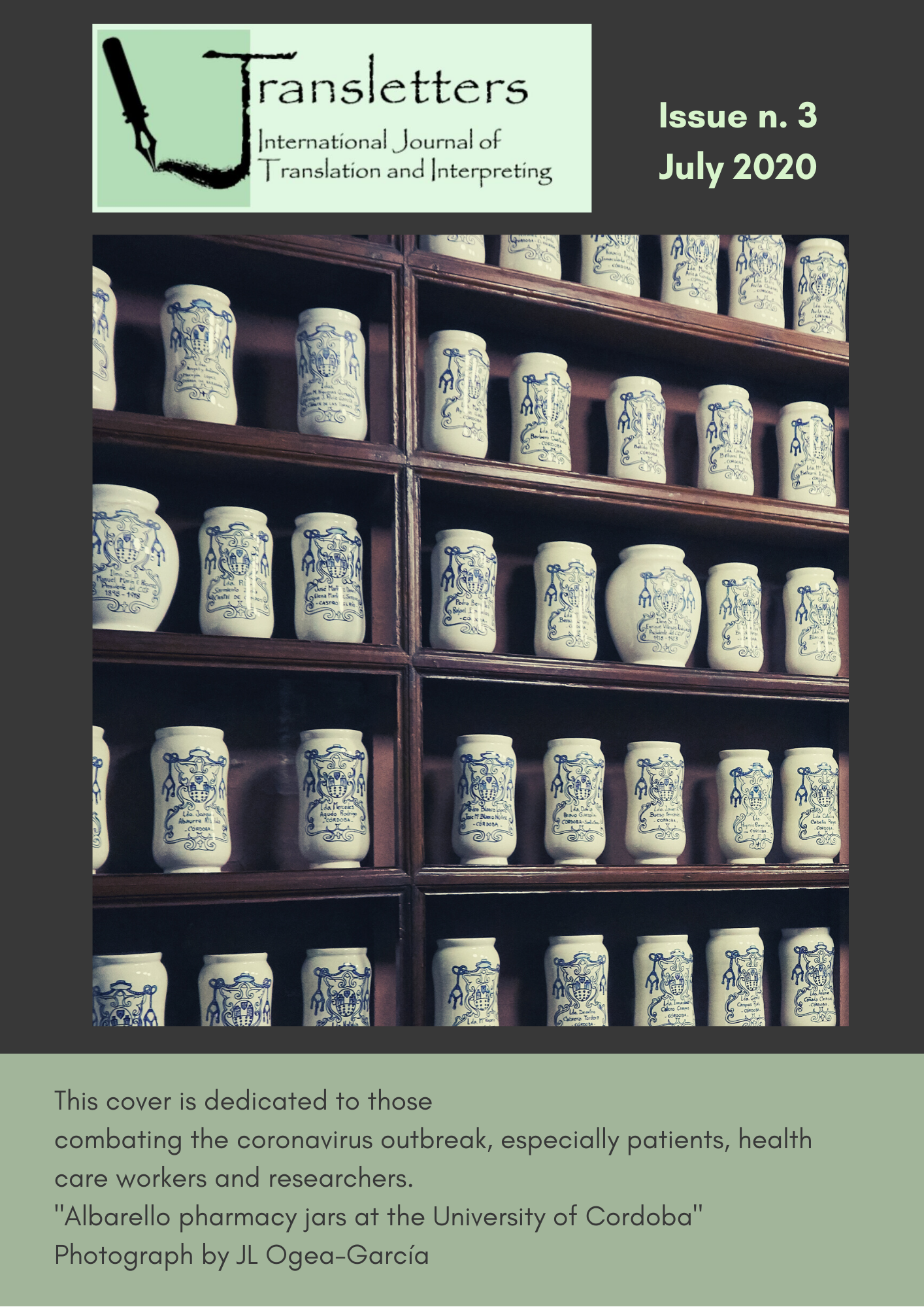Tu es bien romantique: A Multimodal Perspective on French Characters in Dubbed Animation
Contenido principal del artículo
Resumen
Already in the travel literature of the XVII-XVIII centuries, there existed the image of the Frenchmen being polite, gallant and able to seduce women. The image as well is being successfully developed in modern media. Imagology, the science of image research, is not limited to literary analysis but has expanded its research in various media. Therefore, the methodology of multimodality and audiovisual translation proves advantageous for such the research by revealing the images created by various languages and other visual and audial modes. The article aims at identifying the modes selected for the rendering of the gallant, flirting, adventurous Frenchmen in American animated films and its dubbed Lithuanian versions by applying the theories of multimodality, audiovisual translation and imagology. To reach the aim, four animated films characters of French origin were selected – individuals, personified animals and vehicles. The multimodal transcription approach served for the analysis of the modes of character behaviour, their speech and music, as well as its interaction in the creation and evaluation of the stereotypical image of a French.
Descargas
Detalles del artículo
Política propuesta para las revistas que ofrecen acceso abierto
Los/as autores/as que publican en esta revista aceptan las siguientes condiciones:
1. Los/as autores/as conservan los derechos de autor y conceden a la revista el derecho de primera publicación con el trabajo licenciado simultáneamente bajo una Licencia de Atribución de Creative Commons, la cual permite a otras personas compartir el trabajo con un reconocimiento de la autoría del trabajo y la publicación inicial en esta revista.
2. Los/as autores/as pueden establecer acuerdos contractuales adicionales para la distribución no exclusiva de la versión publicada del trabajo en la revista (por ejemplo, enviarlo a un repositorio institucional), con un reconocimiento de su publicación inicial en esta revista.
3. Se permite y anima a los/as autores/as a publicar su trabajo previo a la versión final publicada en esta revista una vez aceptado (por ejemplo, en repositorios institucionales o en su sitio web), ya que puede dar lugar a intercambios productivos, así como a una citación más temprana y mayor del trabajo publicado (Véase El efecto del acceso abierto).

